Scratching is one of the most iconic and expressive techniques in vinyl DJing, showcasing a DJ’s creativity and technical skill. This unique art form allows DJs to manipulate the sound of records in real-time, producing distinctive sounds that are a cornerstone of hip-hop, electronic, and other music genres. In this article, we’ll explore the basics of scratching, its history, and how DJs can master this signature skill.
The History of Scratching
Scratching was born out of the creative minds of DJs in the 1970s and 1980s. The technique was popularized by pioneers like Grandmaster Flash and DJ Kool Herc in New York, who used turntables and records to create innovative sounds. The idea was simple: by moving a vinyl record back and forth on the turntable, DJs could create rhythmic patterns and sound effects.
What started as a way to extend the breaks in funk and soul records quickly evolved into a form of musical expression, leading to the creation of an entire genre of “turntablism.” Scratching became a central part of hip-hop culture and the foundation of many DJ battles and performances.
Experience the Sounds of Jazzy Joe
Immerse yourself in the smooth melodies and energetic rhythms of Jazzy Joe’s music. Stay updated on performances and releases from this talented artist. For those seeking online entertainment, explore the top online casino options.
Understanding the Basics of Scratching
To get started with scratching, a DJ needs to understand how sound is created and manipulated on a turntable. When a DJ moves a vinyl record back and forth, it causes friction between the stylus (needle) and the grooves of the record. This produces the sound that DJs use in their performances.
There are different types of scratching techniques, each producing a unique sound and rhythm. Here are a few basic types:
- Baby Scratch: The simplest scratch technique, where the DJ moves the record back and forth in a quick, short motion. It creates a quick, basic “chirp” sound.
- Forward Scratch: The DJ pushes the record forward, creating a distinctive “wah” sound, and then moves it back to repeat the effect.
- Chirp Scratch: A combination of the forward and back scratch, used to create a high-pitched sound as the DJ moves the record quickly.
- Transform Scratch: Involves cutting the sound on and off rapidly to create a staccato rhythm, often used in more advanced scratching techniques.
Mastering these basic techniques is the first step towards becoming proficient in scratching. The key to scratching is to be smooth and precise with your movements while maintaining rhythm with the music.
Where Music Meets Digital Entertainment
JazzyJoe celebrates rhythm, creativity, and innovation across every beat and melody. In today’s digital age, entertainment extends beyond music, reaching into interactive platforms that bring people together through engaging experiences. The Jackpotjillvip Games platform captures this same spirit of excitement and connection, offering users a dynamic way to enjoy online fun. Just as music inspires emotion, these digital experiences keep audiences entertained and connected across the globe.
The Rhythm of Improvisation and Flow
In the world of jazz, true mastery lies in the ability to improvise, to find a unique rhythm and flow that connects with the audience on a deeper level. This same spirit of seamless, unrestrained experience is also a core element of modern digital platforms, including the unique access provided by NoKYCCasino.
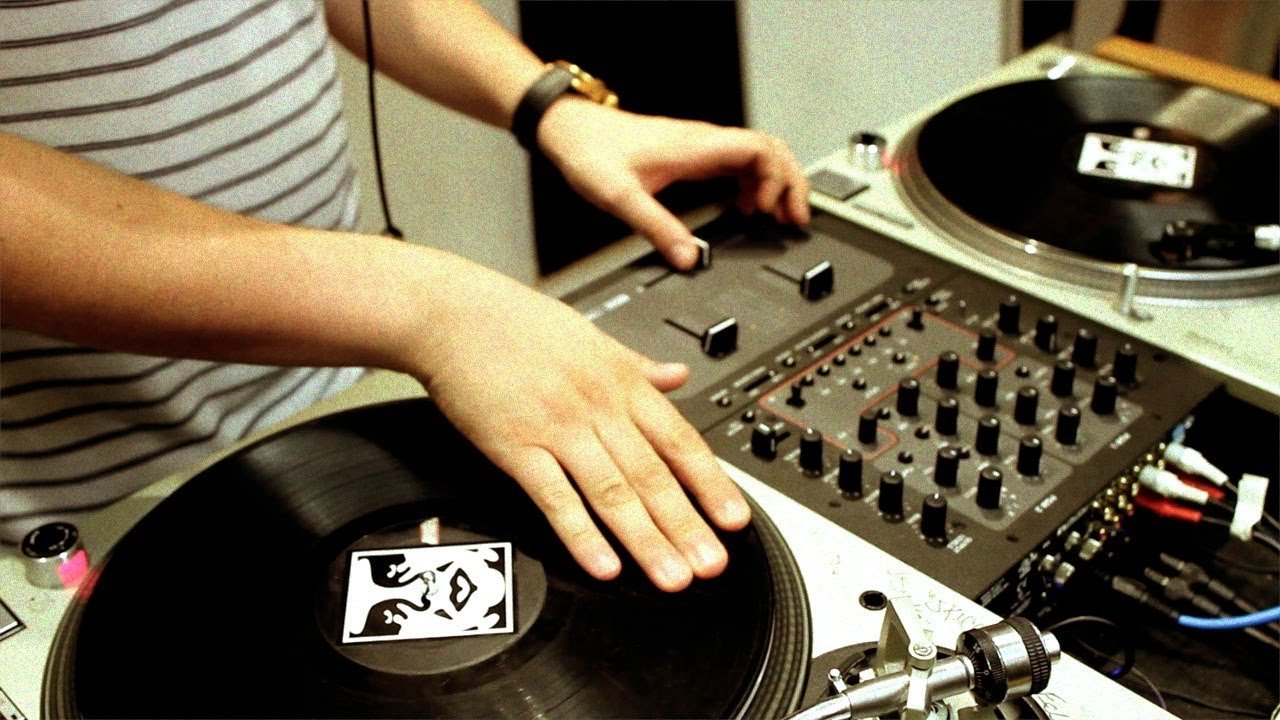
Explore Jazzy Joe’s World
Discover the unique world of Jazzy Joe, possibly related to music or entertainment. For a different type of online experience, you can explore australia best online casino real money. Enjoy both engaging content and online gaming options.
Exploring Online Entertainment Options
Jazzy Joe offers a unique perspective on various topics. For those seeking diverse online entertainment, consider exploring australia best online casino real money. Discover the variety and potential within online gaming platforms.
Tools of the Trade
To achieve the best scratching effects, DJs rely on a few essential tools. These include:
- Turntables: High-quality turntables are essential for scratching. DJs usually prefer direct-drive turntables, which allow for precise control and minimal friction.
- Slipmats: These are placed on the turntable platter to reduce friction and make it easier to move the vinyl back and forth. Slipmats help ensure smoother scratching and protect the vinyl from excessive wear.
- Cartridges and Styluses: A good cartridge and stylus are crucial for optimal sound quality when scratching. The stylus needs to track the grooves accurately while being durable enough for the repeated back-and-forth motion of scratching.
- Mixer: A DJ mixer with a good crossfader is key for controlling the sound during scratching. The crossfader allows DJs to switch between different tracks or manipulate sound levels with ease.
The Importance of Timing and Rhythm
Scratching is not just about moving the vinyl around – it’s about understanding the rhythm and timing of the music. DJs must be able to scratch in sync with the track they’re playing, using the beats to guide their movements. Successful scratching requires practice and a strong sense of timing, as it must blend seamlessly with the music to enhance the overall performance.
Many experienced DJs recommend learning how to scratch in time with a metronome to develop better rhythm and coordination. Practicing with a consistent tempo will help you get comfortable with the mechanics of scratching while allowing you to experiment with different rhythms.
Advanced Scratching Techniques
Once DJs have mastered the basics, they can move on to more complex scratching techniques, such as:
- Flare Scratch: A fast and complicated scratch involving both the hand on the record and the crossfader to create a stuttering effect.
- Orbit Scratch: A continuous motion scratch that involves a circular movement of the record.
- Stab Scratch: Similar to the transform scratch, but with more emphasis on the abrupt starting and stopping of the sound.
These techniques can take years to master and are often a point of pride for seasoned turntablists. DJs often incorporate these advanced moves into their routines to showcase their skill and creativity.
The Role of Scratching in DJ Battles and Performances
Scratching is not just a technical skill; it’s also a form of performance art. DJs often participate in battles where they compete by showcasing their scratching abilities. In these battles, creativity, speed, and precision are key, and scratching can become a way to demonstrate a DJ’s unique sound and style.
In live performances, DJs use scratching to engage the crowd, creating memorable moments and emphasizing key moments in songs. Scratching can serve as an emotional or energetic peak in a set, adding excitement and a sense of improvisation.
Tips for Mastering Scratching
- Practice Slowly: Start by practicing your scratching techniques slowly to get the feel of the motion and the timing. Speed will come with practice.
- Use a Scratch Record: Scratch records are specially made with sounds that are ideal for scratching. These records feature loops, samples, and sound effects that can help you develop your skills.
- Focus on Technique: While it’s tempting to rush into complicated scratches, focus on mastering basic techniques first. Precision is key.
- Incorporate Scratching into Your Mixes: Once you’re comfortable, begin integrating scratching into your live sets and mixes. This will help you develop a smooth transition between tracks and incorporate your signature style.
Music Vibes and Casino Thrills
Enjoying music brings joy, and online pokies offer another exciting form of entertainment. Bonuses enhance every play session. Visit https://www.newzealandcasinos.io/best-payout-casinos/ for rewarding fun. Rhythm and excitement blend seamlessly.
Conclusion
Scratching is an essential skill for any vinyl DJ, and it remains one of the most iconic and dynamic elements of DJing. Whether you’re just starting or looking to refine your technique, scratching is an art form that requires practice, precision, and creativity. Mastering this skill not only improves your technical abilities but also helps you develop your unique sound and voice as a DJ.





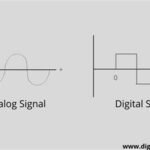

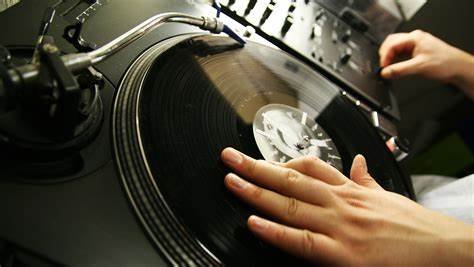
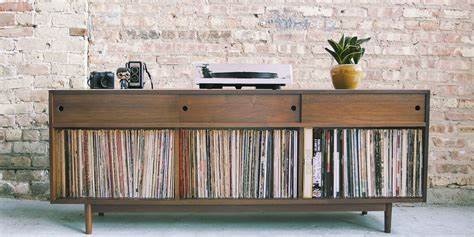
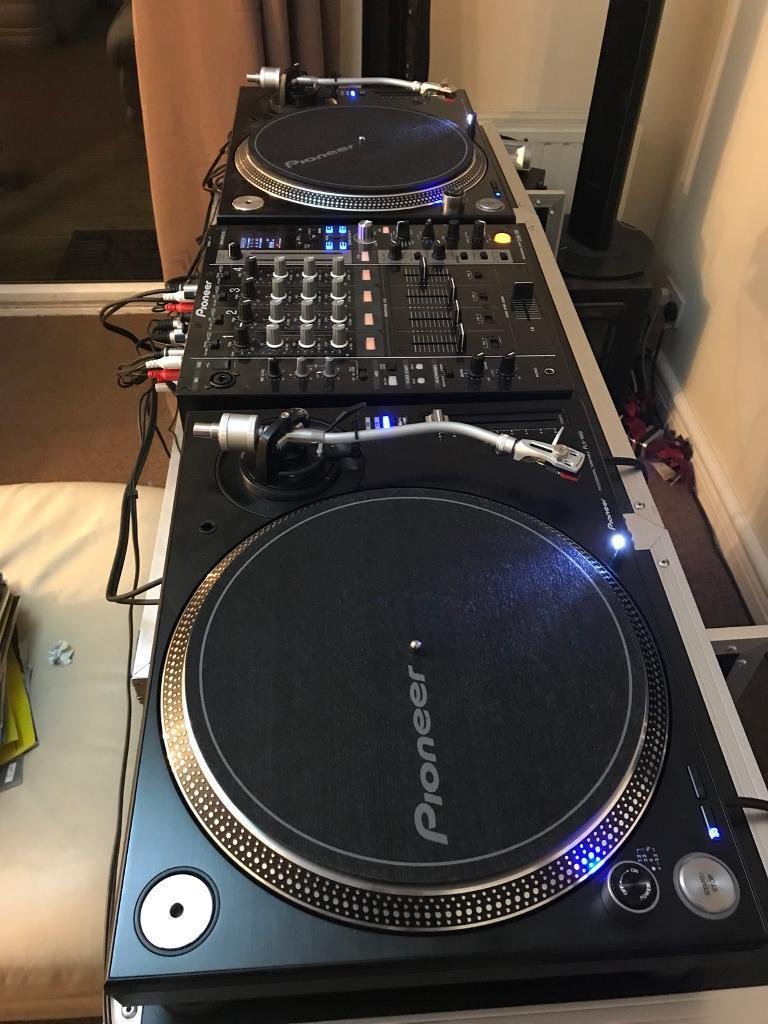
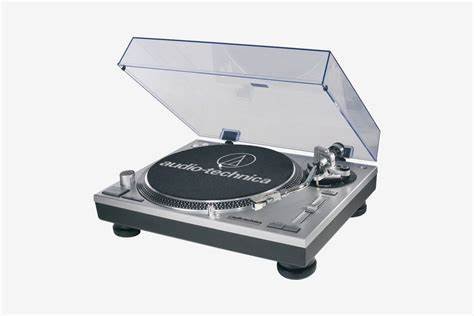
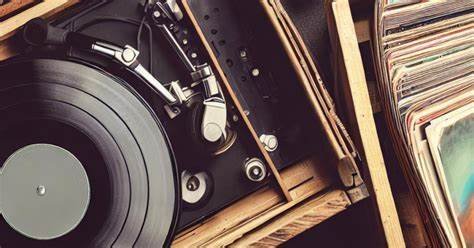
One thought on “The Art of Scratching: A Vinyl DJ’s Signature Skill”
Comments are closed.